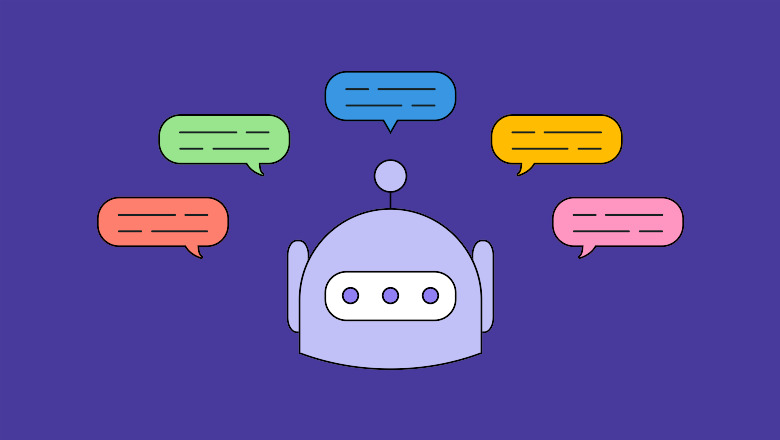In today’s digital age, businesses are increasingly turning to chatbots to streamline customer support operations and enhance user experience. A well-designed chatbot can provide instant responses, handle routine inquiries, and free up human agents for more complex tasks. However, building an effective chatbot requires careful planning and implementation to ensure it meets customer expectations and business goals.
1. Define Clear Objectives and Use Cases
Before diving into development, it’s crucial to define the specific objectives and use cases for your chatbot. Identify the primary reasons for implementing the chatbot—whether it’s to handle FAQs, provide product information, assist in transactions, or something else entirely. Understanding these objectives will guide the design and functionality of your chatbot, ensuring it aligns with both customer needs and business objectives. Consider checking out the best chatbot examples to get inspiration when creating yours.
2. Choose the Right Platform and Technology
Selecting the appropriate platform and technology stack is essential for building a robust chatbot. Depending on your requirements, you might opt for rule-based chatbots, AI-powered bots leveraging machine learning and natural language processing (NLP), or a hybrid approach combining both. Platforms like Dialogflow, Microsoft Bot Framework, or custom-built solutions offer various capabilities suited to different needs. Evaluate these options based on scalability, integration capabilities with existing systems, and ease of maintenance.
3. Design a User-Centric Conversation Flow
The success of a chatbot hinges on its ability to engage users effectively through natural and intuitive conversations. Design a conversation flow that mimics human interactions while adhering to the limitations of AI and NLP technologies. Start with a greeting and clearly state the bot’s capabilities upfront. Use decision trees or flowcharts to map out potential user queries and responses, ensuring smooth transitions between topics and clear escalation paths to human agents when necessary. Whether they have questions about their dental visits or want to ask something about marketing your chatbot should be able to answer such questions smoothly.
4. Implement Natural Language Understanding (NLU)
Effective chatbots rely on robust NLU to comprehend user intent accurately and respond appropriately. Leverage machine learning models to train your chatbot on a diverse dataset of customer queries and responses. Continuously refine and update these models based on real-time interactions and feedback to improve accuracy and relevance over time. Integration with sentiment analysis tools can also help gauge customer emotions and tailor responses accordingly, enhancing the overall user experience.
5. Incorporate Personalization and Context Awareness
Personalization is key to delivering a tailored customer experience through chatbots. Utilize customer data—such as past interactions, preferences, and purchase history—to personalize responses and recommendations. Implement context awareness to maintain continuity in conversations across channels and sessions, reducing the need for users to repeat information. This proactive approach not only enhances user satisfaction but also fosters long-term customer loyalty.
6. Test, Iterate, and Optimize
Once your chatbot is deployed, conduct thorough testing to identify and rectify any potential issues with conversation flow, NLU accuracy, or system integration. Solicit feedback from beta testers and early users to gauge user satisfaction and iterate on improvements accordingly. Monitor key performance metrics such as response times, completion rates, and customer satisfaction scores to measure the chatbot’s effectiveness. Continuously optimize your chatbot based on these insights to ensure it evolves with changing customer needs and technological advancements.
Conclusion
Building an effective chatbot for customer support requires a strategic approach that combines clear objectives, advanced technology, and user-centric design principles. By defining objectives, choosing the right platform, designing intuitive conversation flows, implementing robust NLU, incorporating personalization, and continuously optimizing performance, businesses can create chatbots that not only automate routine tasks but also enhance overall customer satisfaction and support efficiency. Embracing these tips will empower businesses to leverage chatbot technology as a valuable asset in their customer service arsenal, driving engagement and loyalty in the digital era.










